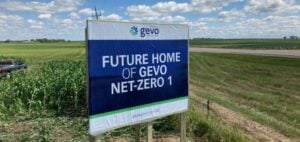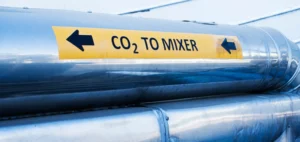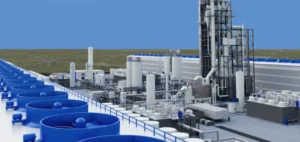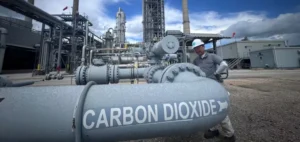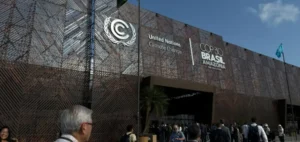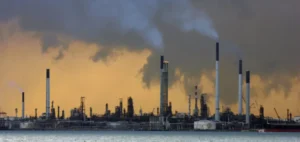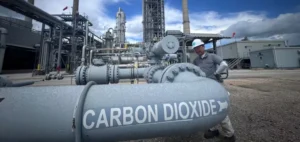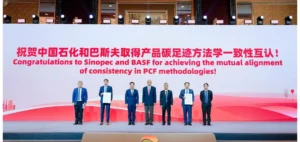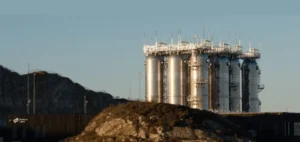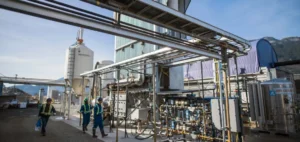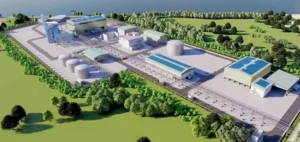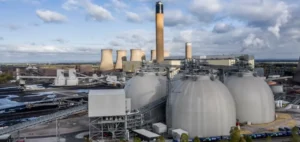Woodside Energy has signed an agreement to acquire OCI Clean Ammonia Holding’s low-carbon ammonia project in Beaumont, Texas.
The project, which will begin production in 2025, will integrate carbon capture and storage (CCS) operations in 2026.
This acquisition positions Woodside in the expanding low-carbon ammonia market, meeting growing demand in Europe and Asia.
A fast-growing market
The Beaumont project is designed to meet the growing demand for low-carbon ammonia, expected to double by 2050. The first phase of the project, currently under construction, will have a production capacity of 1.1 million tonnes per year.
Initial production of ammonia, from natural gas, will start in 2025, while low-carbon ammonia, coupled with CCS, will follow in 2026.
The necessary raw materials, such as nitrogen and low-carbon hydrogen, will be supplied mainly by Linde, whose production facility is currently under construction and scheduled for completion in early 2026.
Competitive advantages and environmental impact
CCS services will be provided by ExxonMobil from 2026.
The $2.35 billion transaction also includes a potential second phase that could double production capacity.
This phase could enable the project to reduce CO2 emissions by 3.2 million tonnes per year, meeting more than 60% of Woodside’s scope three emissions reduction targets.
The site benefits from a strategic location on the Gulf Coast, offering access to various sources of raw materials and a deep-water port for international export.
International perspectives
The project will initially target conventional ammonia customers and, once CCS is operational, will extend to low-carbon ammonia customers in Europe and Asia.
Potential applications for low-carbon ammonia include power generation, marine fuels and use as an industrial feedstock, replacing higher-emission fuels.
Woodside is also leading several renewable hydrogen projects, including H2Perth in Australia, H2Tas in Tasmania and Southern Green Hydrogen in New Zealand.
Parallel projects and government support
Woodside’s H2OK project in the United States continues to develop despite the pending final guidelines for hydrogen production tax credits, expected in the second half of 2024.
Woodside is also leading several other renewable hydrogen projects.
The advanced CCS project, Angel CCS, in partnership with Yara Pilbara Fertilisers, is exploring the feasibility of using CCS to decarbonize Yara Pilbara’s existing operations in Western Australia. Global demand for low-carbon ammonia continues to grow, supported by initiatives such as the Inflation Reduction Act in the USA, which offers between $800 billion and $1.2 trillion in tax credits over 10 years to attract investment in new energy facilities. Ammonia prices on the US Gulf Coast were $475/mt CIF USGC on August 2, up 14.45% on the previous month.
In Northwest Europe, blue ammonia was valued at $582.55/mt CIF on August 2, up 14.47% on the previous month.
Woodside’s acquisition is part of a wider strategy to reduce carbon emissions and develop sustainable energy projects worldwide.
The project’s ability to significantly reduce CO2 emissions makes it a major step towards achieving the company’s environmental objectives, and responds to growing global demand for cleaner, more sustainable energy solutions.


